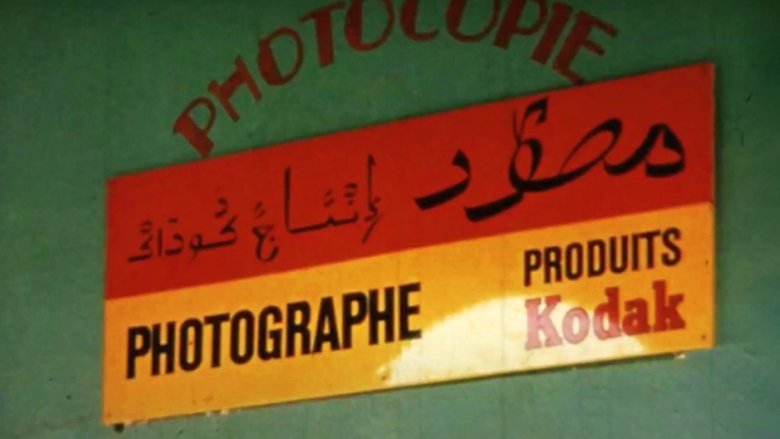Algérie Couleurs
Genres
Documentary
OverView
"Film shot on the 'bench' from hundreds of photos, buildings, streets, towns unusually colorful for a North Mediterranean eye. The editing was composed on a score because the shots are generally very short, up to two images, and they do not follow each other "cut" or crossed but in "racket". The progression of shots varies from faintly colored recognizable to strongly colored unrecognizable. The soundtrack is composed of Arabic music that gradually turns into free-jazz. » Mannheim Festival, 1973
Others
Budget
$--
Revenue
$--
Status
Released
Original Language
French
Runtime
16 mins
Rating
10/10
Release Date
01 January 1972
Country
Algeria

